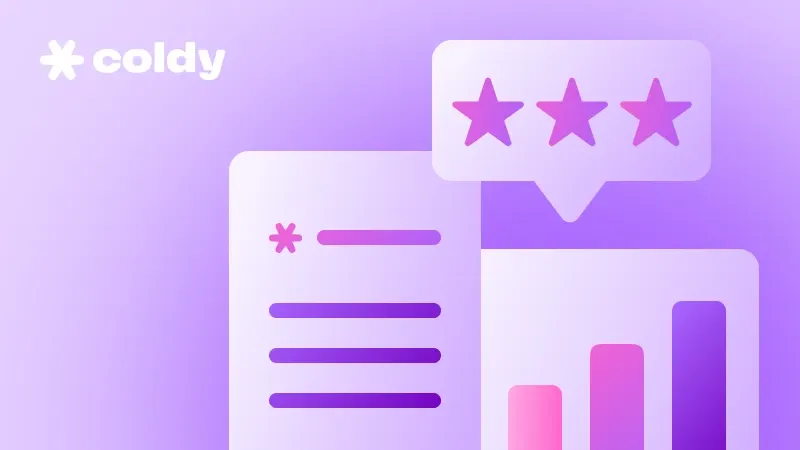Social proof that opens doors even to the coldest inboxes
Cold emailing is a delicate tool. You might be a pro with a cool product, but if the recipient sees "An unknown company promises golden mountains" — at best, you will receive silence. At worst, a spam filter and a hit to your domain's reputation.
But there is a way to turn a stranger into "oh, interesting." That is social proof. Case studies, testimonials, mentions. Everything that shows: "We have already helped people like you. And we can help you too."
Why is this even necessary?
Imagine this: a stranger writes to you and promises to double your sales in two weeks. Sounds like yet another spam. But if he writes:
This is why case studies and testimonials should become part of your outreach strategy. Especially if you:
Work in B2B
Sell something complex or unclear at first glance
Build trust from scratch
4 formats of social proof that work
Client testimonials
A short comment from a real person. It's better if there’s a name, position, and company. In an email, you can include it as a quote or simply summarize the essence.
Case studies
A short story with results. Numbers work best:
Important: don't attach the case right away — especially not as a PDF. This can spoil the delivery. It's better to suggest:
Ratings and reviews
If you are an agency or work in B2B — show what clients think of you. Even a simple line in an email like:
— already creates a point of trust. Especially if included at the end of the email as a closing argument.
Public recognition: when others speak about you
In B2B, this may not be a social media post, but, say, a mention at a conference, participation in an industry review, or a thank-you letter that a client publicly posted about you. Example:
This isn’t quite a "testimonial," but it's proof of your expertise, which can be used as an argument in an email.
How to embed social proof in an email sequence
Email 1 — still without them. The main thing is to hook with a problem and a proposal.
Email 2 or 3 — inserting a testimonial or mini-case:
Final — a reminder + a strong argument:
Tips not to overdo it
One testimonial — one email. Don’t bombard with five. Better short and to the point.
Write in a natural tone. Clarity is more important than bureaucratic language: "According to the feedback..." Just: "We were told that it became easier."
First hook, then show the case. Social proof is not the beginning, but an enhancement.
Summary
Social proof is like a suit at a meeting: not obligatory, but it helps a lot.
If you want to be trusted — show that others already trust you. Including a case or testimonial in an email is just a couple of lines, but the effect can be significant: higher trust, more replies. Many Coldy clients use this approach in their sequences — and are pleased with the results.


